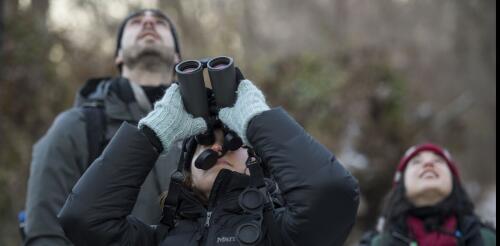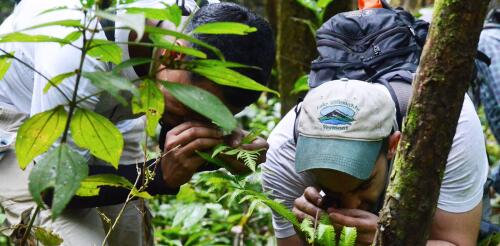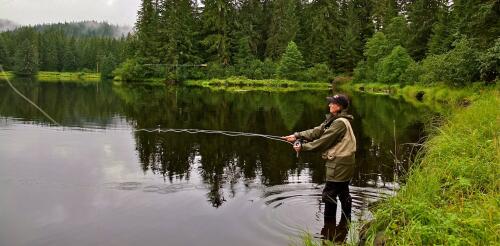Nonprofits
Nearly two-thirds of U.S. households have at least one pet. More than ever before, companion animals are a part of life – particularly in cities, where the majority of Americans live. Cities offer access to many resources, but often it’s not distributed evenly. Some scholars describe parts of U.S. cities with few or no grocery stores as food deserts. Others have identified zones they call transit deserts, where reliable and convenient public transit is scarce or nonexistent. While the “desert” framing is controversial, there is little disagreement that access to goods and services in many U.S. cities is unequal. I have studied urban animal welfare issues for the past 15 years, and I have found that the inequities and economic stress humans face affect animals as well. Recently, University of Nebraska geographer Xiaomeng Li and I explored access to animal welfare services in Detroit. We found that pet resources were significantly more likely to be loca...
Recruiting participants for a citizen science project produced a more diverse group when people were signed up through partner organizations, such as schools and faith-based organizations, than when they joined on their own. We used this approach to recruit volunteers for Crowd the Tap, a citizen science initiative that crowdsources the locations of lead plumbing in homes. We signed up 2,519 households through partner organizations, in addition to 497 households that signed up on their own. We recruited households from all 50 states, though the majority came from North Carolina. Our project was initially funded by the Environmental Protection Agency, which led to nationwide sampling, but additional funding from the North Carolina Water Resources Research Institute led to prioritizing sampling in North Carolina. We recruited 2.2 times more Black participants and 2.3 times more Hispanic or Latino participants through partnerships than we did through individual sign-ups. This allo...
This winter, tens of thousands of birders will survey winter bird populations for the National Audubon Society’s Christmas Bird Count, part of an international bird census, powered by volunteers, that has taken place every year since 1900. For many birders, participating in the count is a much-anticipated annual tradition. Tallying birds and compiling results with others connects birders to local, regional and even national birding communities. Comparing this year’s results with previous tallies links birders to past generations. And scientists use the data to assess whether bird populations are thriving or declining. But a change is coming. On Nov. 1, 2023, the American Ornithological Society announced that it will rename 152 bird species that have names honoring historical figures. A Townsend’s Solitaire, one of the species to be renamed. Jared Del Rosso, CC BY-ND Soon, Christma...
When you hear about the abundance of life on Earth, what do you picture? For many people, it’s animals – but awareness of plant diversity is growing rapidly. Our planet has nearly 300,000 species of flowering plants. Among animals, only beetles can compete with that number. There are more species of ferns than birds, more mints than mammals, and more beans than butterflies. Measured in total mass, plants make up 82% of all life on land across the globe. We are plant scientists and co-founders of Let’s Botanize, an educational nonprofit that uses plant life to teach about ecology, evolution and biodiversity. In the past several years we have witnessed a botanical boom, with participation in plant-based hobbies surging. From cultivating houseplants to foraging for wild foods and outdoor gardening, plant appreciation is on the rise. Botanizing is spending time alongside plants in order to observe and appreciate them as living organisms – like birding, but w...
Summer and fall are prime times for getting outdoors across the U.S. According to an annual survey produced by the outdoor industry, 55% of Americans age 6 and up participated in some kind of outdoor recreation in 2022, and that number is on the rise. However, the activities they choose are shifting. Over the past century, participation has declined in some activities, such as hunting, and increased in others, like bird-watching. These shifts reflect many factors, including demographic trends and urbanization. But outdoor activities also have their own cultures, which can powerfully affect how participants think about nature. As scholars who think about organizational theory, management and entrepreneurship, we are interested in understanding effective ways to promote social change. In a recent study, we analyzed the work of the nonprofit group Trout Unlimited, which centers on protecting rivers and streams across the U.S. that harbor wild and native trout and salmon. We f...




